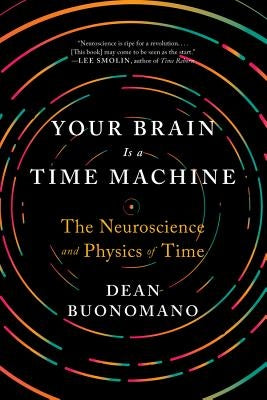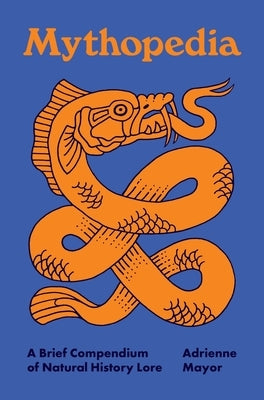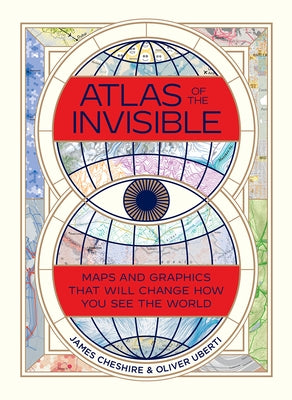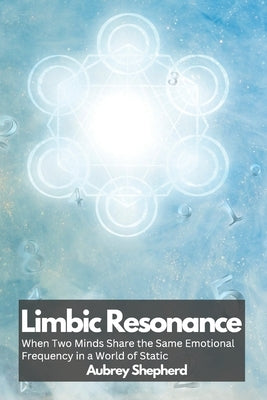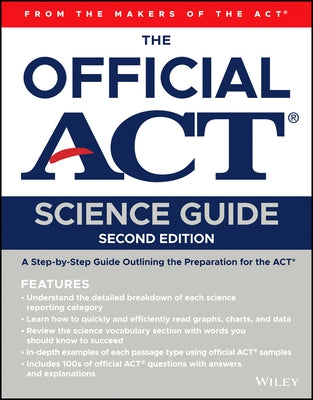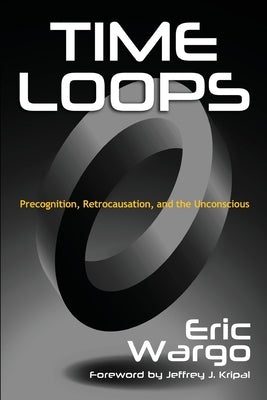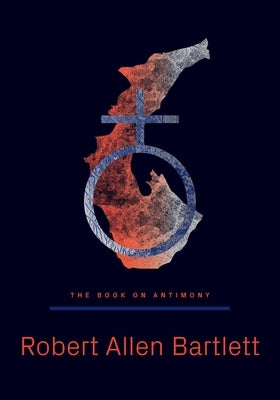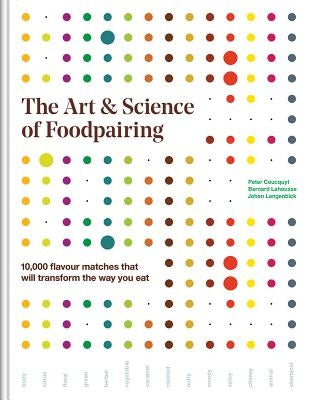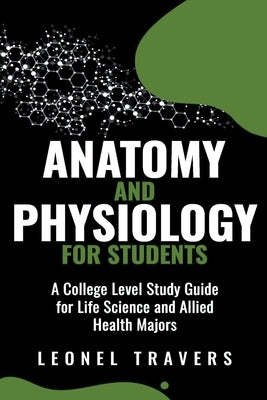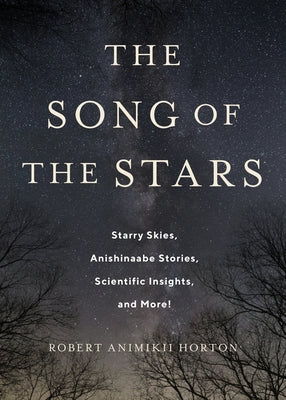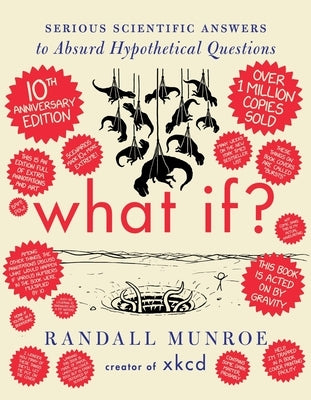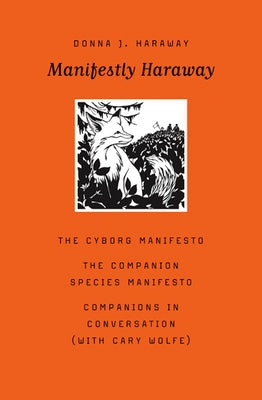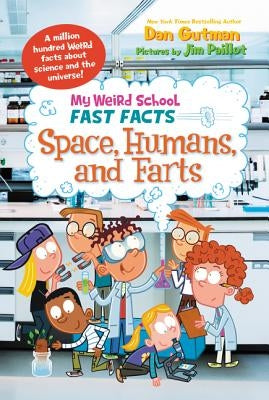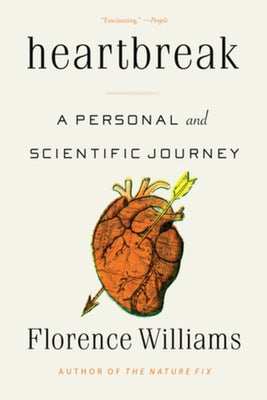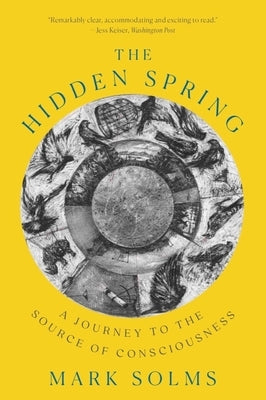The California Naturalist Handbook, Second Edition
$25.99
$34.95
Mythopedia: A Brief Compendium of Natural History Lore
$12.99
$17.95
National Geographic Atlas of the World, 11th Edition
$161.99
$225.00
The Official ACT Science Guide
$15.99
$20.95
Fundamentals of Electrical Substations
$25.99
$29.99
The Book on Antimony: Dancing with the Black Dragon
$72.99
$79.00
Hdbk Acceler Phy & Eng (3rd Ed)
$98.99
$99.00
Biobuilder: Synthetic Biology in the Lab
$48.99
$49.99
Plasma Physics and Fusion Energy
$116.99
$119.00
Goats in America: A Cultural History
$17.99
$24.95
Manifestly Haraway: Volume 37
$14.99
$19.95
Heartbreak: A Personal and Scientific Journey
$12.99
$17.95
Reef Creature Identification: Florida Caribbean Bahamas
$32.99
$44.95
Underland: A Deep Time Journey
$20.99
$27.95
Physics and Music: The Science of Musical Sound
$19.99
$27.00
The Extended Selfish Gene
$28.99
$39.99





